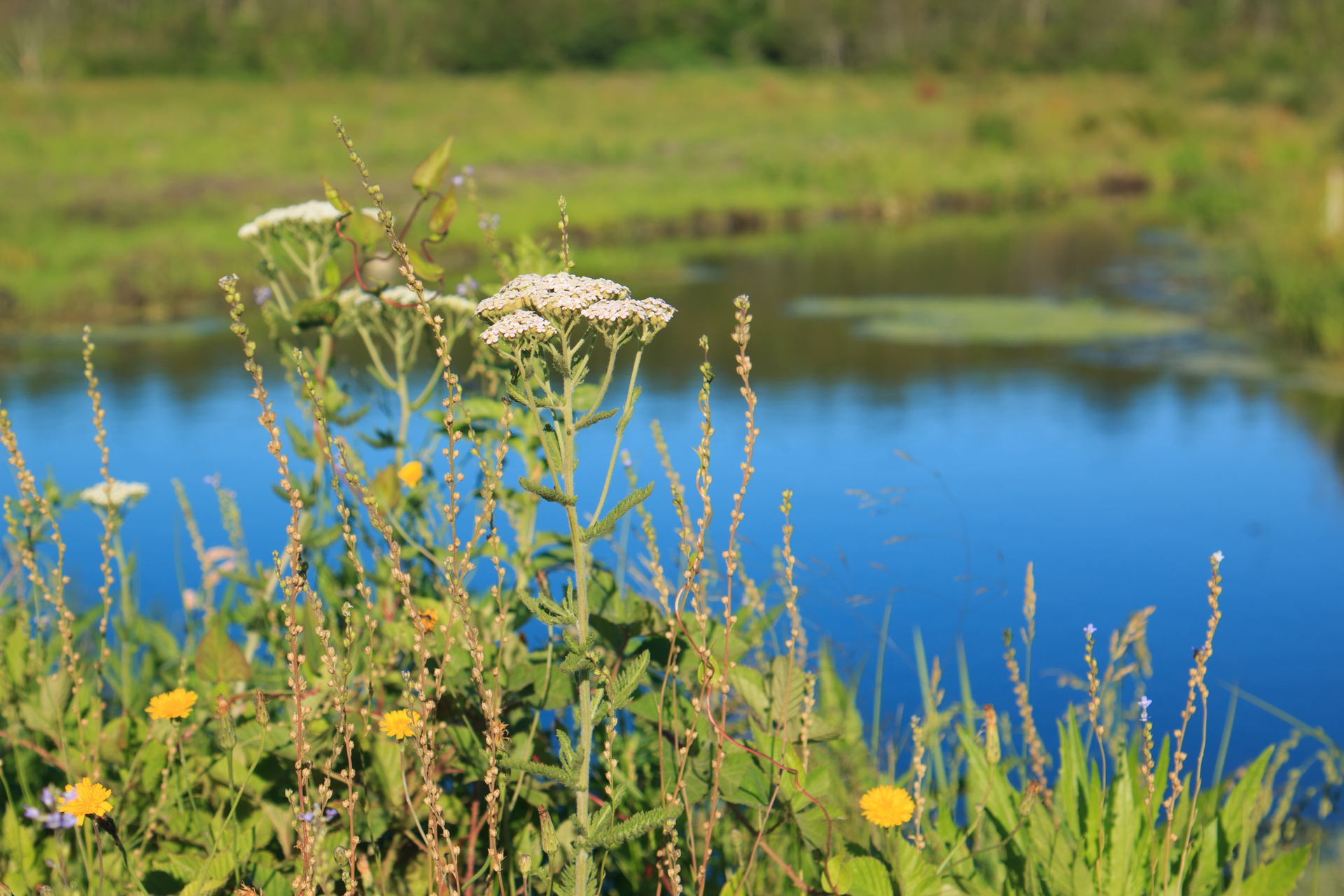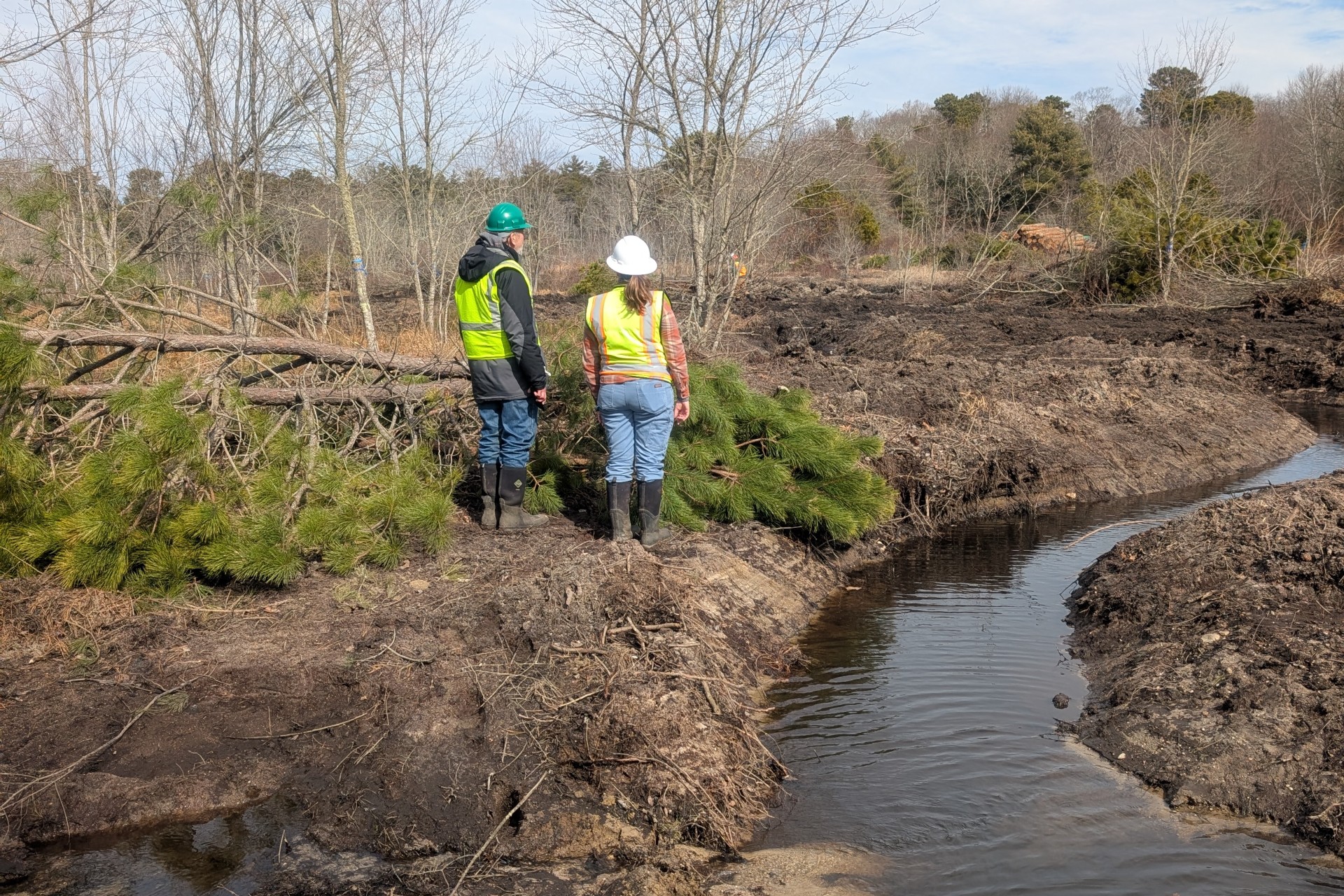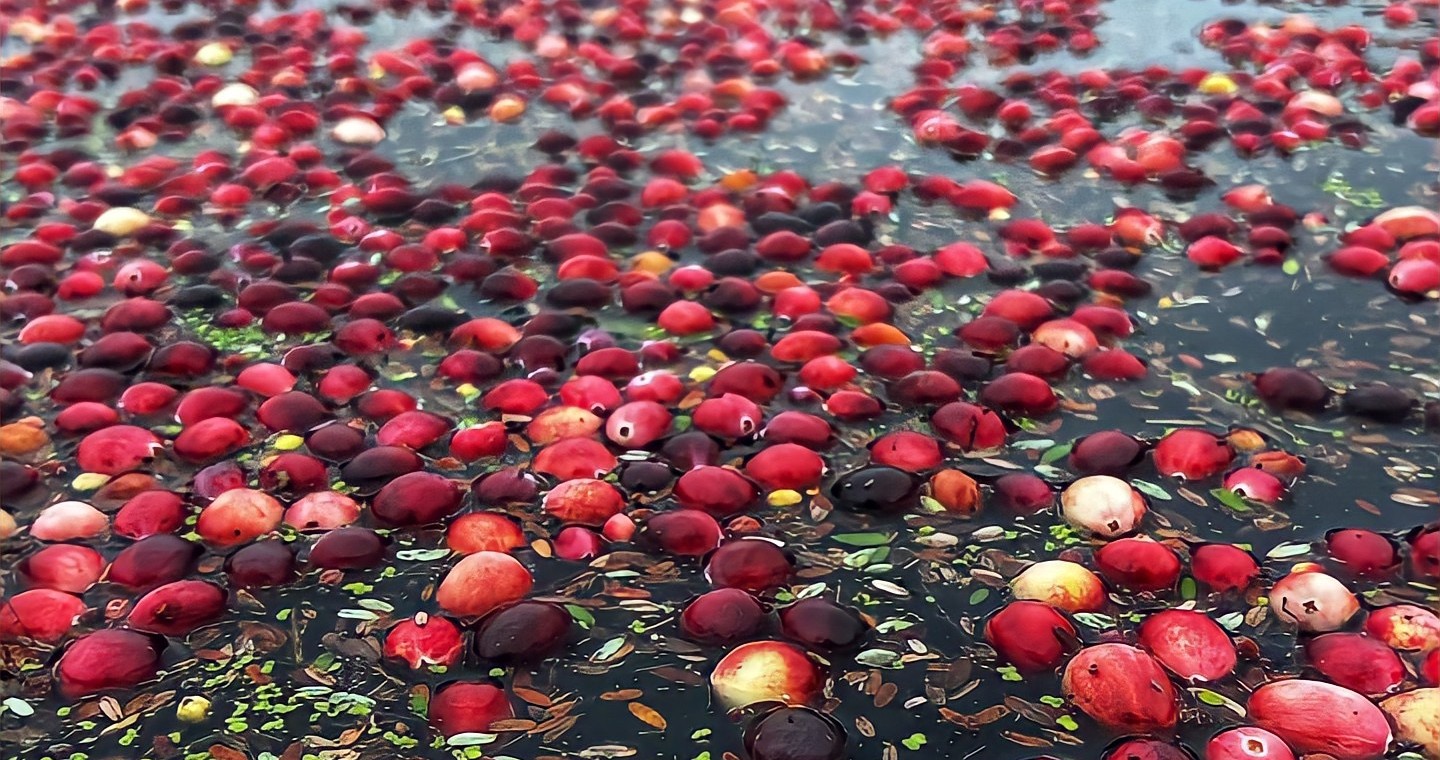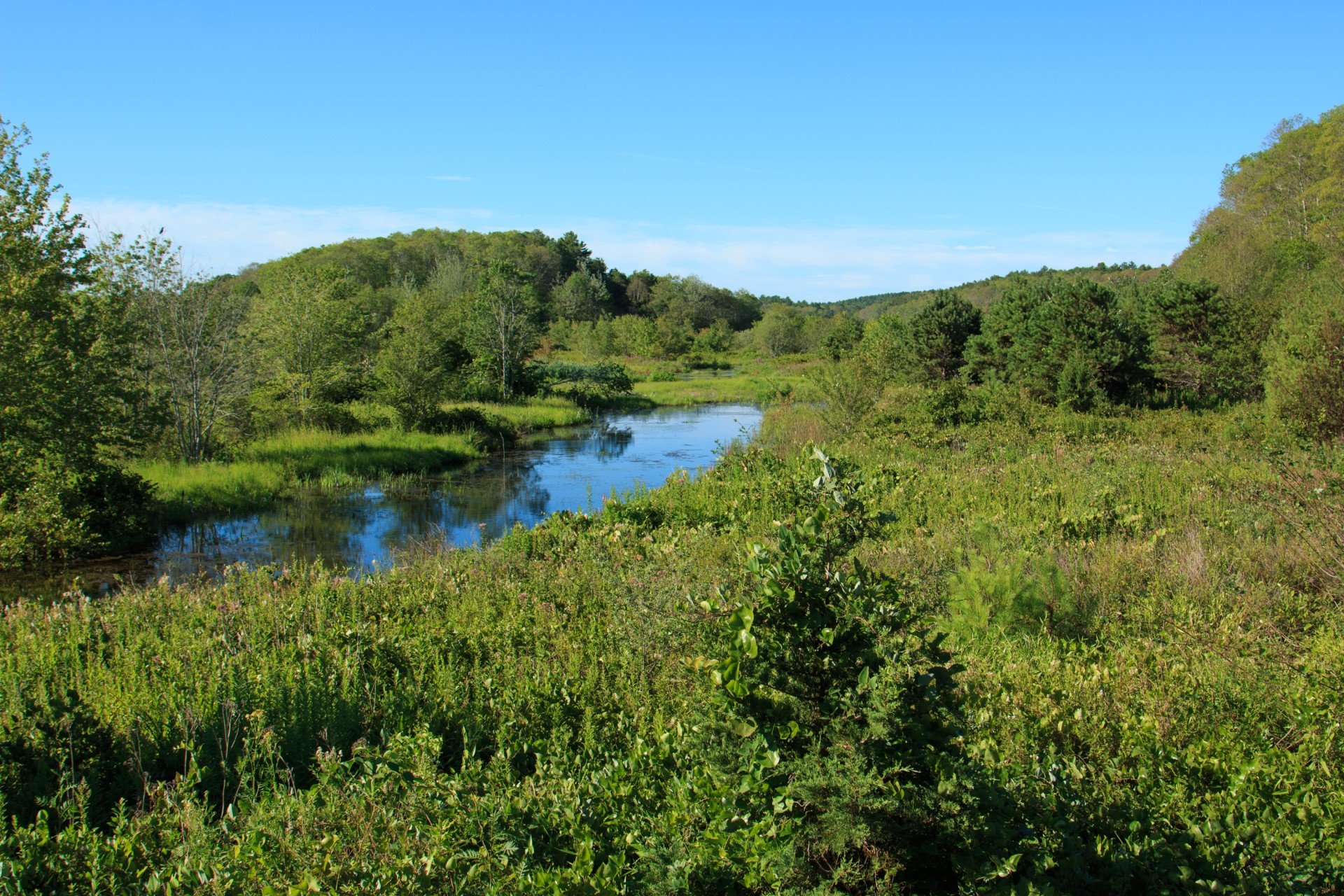The 3-mile Coonamessett River on the southwestern edge of Cape Cod used to be a major migration avenue for spawning fish...
However, in the late 19th century, a booming cranberry industry led to the construction of bogs along the river with dams and other barriers blocking this vital corridor for fish in population decline.
Now, Mass Audubon hopes to return the river back to its natural state by working with partner organizations to activate $1.6 million in federal restoration dollars to the Upper Coonamessett Wetlands Restoration Project, led by the Town of Falmouth.
With additional support from the U.S. Fish and Wildlife Service, the Massachusetts Division of Ecological Restoration, and others, the town is transforming the former bogs back into thriving wetlands and streams. Once this is complete, fish will freely migrate along the river to reach the 158-acre Coonamessett Pond for spawning, and restored streams and wetlands will absorb carbon, clean excess nitrogen from the water, and boost local biodiversity.
However, wetland restoration doesn’t stop there. In Massachusetts, salt marshes are under threat due to stressors including climate change and human development. Healthy coastal wetlands give them room to grow inland as sea levels rise, preserving important ecosystems and supporting coastal resilience.
The work at the Coonamessett River fits into a new NOAA-funded initiative led by Mass Audubon and facilitated by a network of partners. It leverages restoring cranberry bogs into wetlands as an opportunity for future salt marsh migration. As salt marshes, highly productive and vital habitats, rapidly degrade along our coast, it is more important now than ever.
Super Fruit Turned Restoration Opportunity
Considered a “super fruit” for their nutrients and antioxidants, cranberries have a long history in Massachusetts’s agriculture. However, more and more cranberry farmers are choosing to leave the industry due to issues resulting from climate change and the high cost of growing in Massachusetts. Now, there’s an unprecedented opportunity for conservation organizations like Mass Audubon to potentially restore and steward the land. In partnership with the Cape Cod Cranberry Growers’ Association, this project works with interested landowners to transition unproductive cranberry bogs back into vibrant habitats.
Eliminating stream barriers such as dams, restoring channels and floodplains, and removing sand left over from cranberry farm operations begins to repair natural processes, including fish migration, and encourages the return of native flora and fauna to these vital habitats. The restored land will help meet the state’s climate and biodiversity goals by improving water quality, storing carbon, and bolstering wildlife habitat. And it will set the stage for salt marshes to successfully move into the area in the future.
Look no further than Mass Audubon’s Tidmarsh Wildlife Sanctuary in Plymouth for a prime example of how this works. It was once a notable working cranberry bog, until 2010, when the Massachusetts Division of Ecological Restoration, conservation-minded landowners, and many other partners began to restore the 481-acre property. The largest freshwater wetland restoration project in state history, it included removing dams, filling agricultural ditches, and uncompacting dense soils. Protected in perpetuity by Mass Audubon, Tidmarsh serves as a paragon of how ecological restoration projects can thrive and prepare the landscape for climate change.
Deepening Native Partnerships
A facet of the Coonamessett River restoration is working with native communities. Collaboration with Native Land Conservancy, an Indigenous-led land conservation nonprofit, aims to expand access for Indigenous people to the land, assist with Tribal youth mentoring, and broaden stewardship. New signage installed by the Town of Falmouth at the Coonamessett River will acknowledge the role of the local Mashpee Wampanoag Tribe in protecting herring and stewarding the environment, and a trail system stewarded by the Town will enhance visitor experience within protected open space.
Pushing for Systemic Change
Among the greatest barriers to increasing the pace and scale of ecological restoration—whether regarding cranberry farms, dams, or salt marshes—is the regulatory environment and its permitting processes. Projects navigate up to a dozen different permits, costing up to hundreds of thousands of dollars.
By reducing permitting burdens, reforming coastal restoration permitting for projects that don’t affect public access, requiring interagency coordination to streamline permitting, and allowing research and demonstration projects, Mass Audubon strives to change systems to accelerate restoration at this critical moment for nature.
Ask Your Legislator to Support Restoring Wetlands
Our wetlands provide our best defense against the impacts of climate change, and projects to restore these ecosystems are struggling with red tape. Ask your legislator to help scale up this crucial work by cosponsoring HD1619/SD1066.
Stay Connected
Don't miss a beat on all the ways you can get outdoors, celebrate nature, and get involved.






